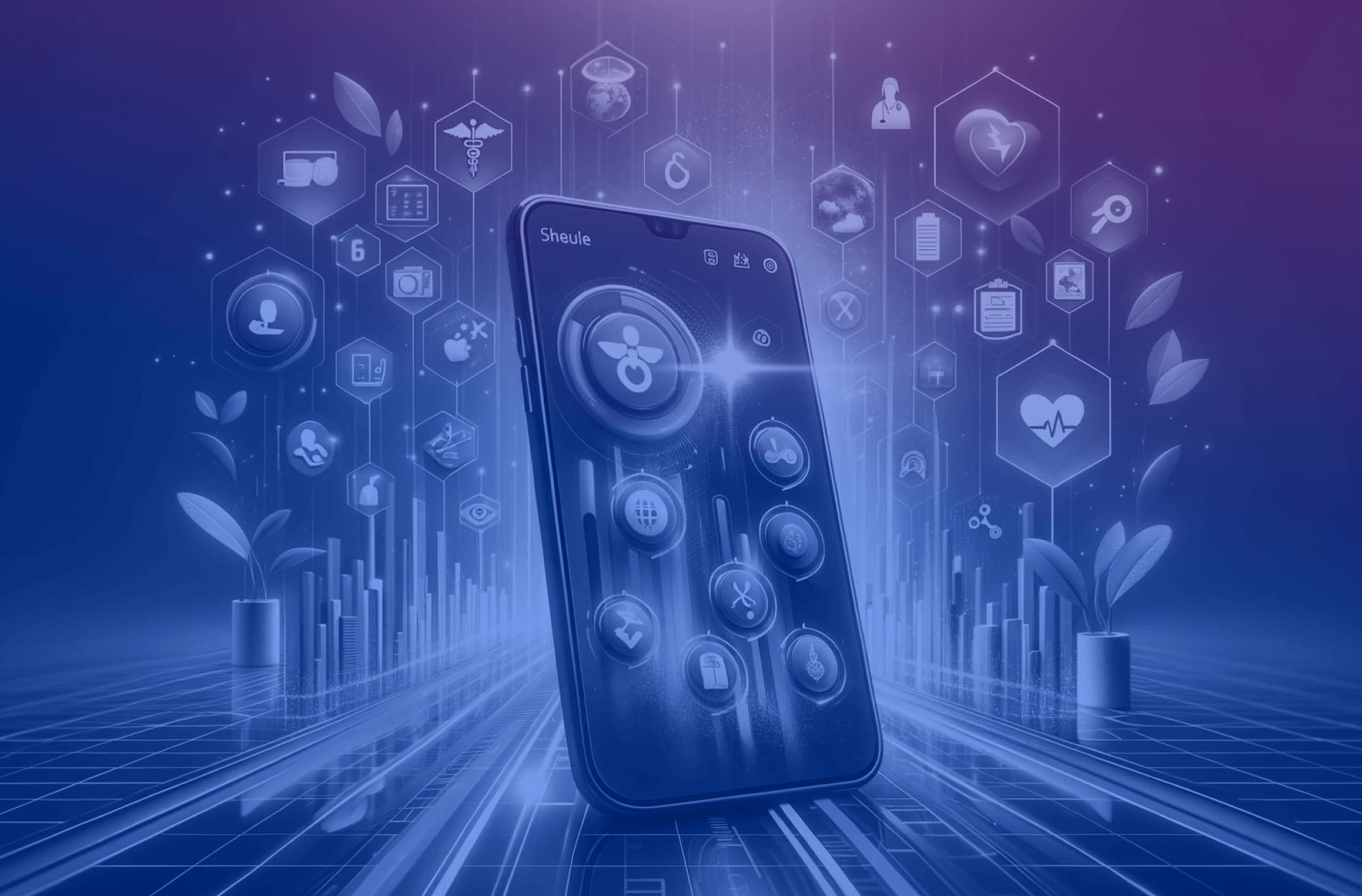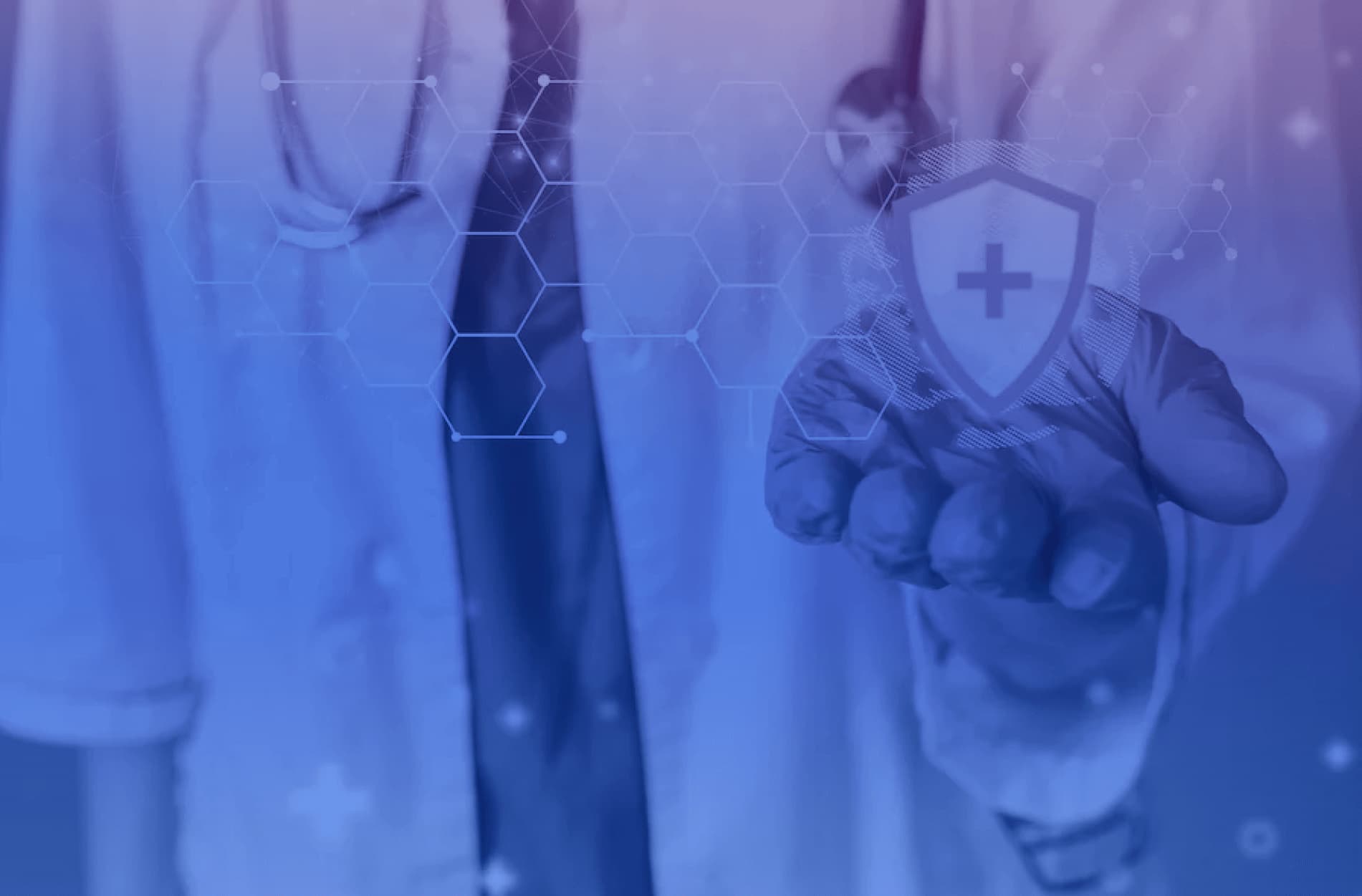
Medical informatics and top challenges of hospital IT departments
4 min read
Contents
Today computers are used everywhere and for everything. Because of the ability to install all kinds of software on them, they enable multitasking better than the most sophisticated Swiss Army knife. It’s not surprising that computerization and digitization have their role also in healthcare facilities. However, it would be a big mistake to expect that a computer in a hospital can be used in exactly the same way as one in an enterprise, factory, bank, or office. This is also true of information systems or other technological solutions dedicated to healthcare.
Hospital IT departments face at least several challenges that most of us don’t have to ever think about. So, which aspects of medical informatics are the most critical from the point of view of both the healthcare facility and the patients?
Medical informatics – what does it mean?
Medical informatics is a branch of computer science and biomedical engineering dealing with computer-aided diagnosis and treatment of patients (including prevention and rehabilitation), creating and operating information systems to support the management of healthcare system entities, as well as collecting, processing, and sharing data about patients.
The information system supporting hospital administration is called HIS (Hospital Information System). This system is divided into clinical, administrative, and financial parts. As a rule, medical institutions implement all the basic functions they need, leaving the possibility of extending the IT infrastructure according to current needs. This wide range of options poses many challenges for IT staff responsible for implementing, maintaining, and developing IT systems in medical facilities.
Key challenges facing hospital IT departments
Rapid pace of healthcare technology development
The MedTech sector is growing day by day. Dedicated healthcare hardware, software, and mobile applications based on advanced technologies – including machine learning and artificial intelligence – have made the industry highly competitive. Keeping up to date and implementing the right solutions is, therefore, a challenge for IT departments.
It’s essential not only that the entire infrastructure works appropriately, but also that it’s used in such a way that it supports the work of physicians, has a positive impact on the quality of provided services, increases the effectiveness of treatment, and at the same time minimizes hospital maintenance costs. No wonder the hospital IT departments are struggling to find the right people and enough of them to do the job right.
Compliance with legal regulations
Hospital IT systems access a lot of sensitive data daily. This includes patient medical records, clinical notes, test results, or data from medical devices. Therefore, the IT departments have a great responsibility to ensure data protection compliance with the law, especially the provisions of GDPR and HIPAA. For example, the law guidelines specify precisely what consent patients must provide to process their data and define IT departments’ responsibilities for aggregating and processing large medical datasets.

Ensuring medical data security is one of the main challenges of hospital IT departments.
Database security
Medical data is highly sensitive. Therefore, it’s a great challenge for IT departments in hospitals to secure it properly. Any hacking attack can result in data leakage, containing information about the patients' health condition, the drugs they take, or the therapies they use.
The problem becomes especially important when the hospital decides to keep data in the cloud. Although this solution is becoming more and more popular due to financial aspects and those related to service and scalability, IT staff must pay special attention to how to secure digital health data in the cloud. Usually, cloud-based system providers implement the basic solutions, and the rest of the activities aimed at increasing security are the responsibility of internal IT departments in medical facilities.
Accessibility of services to staff and patients
Modern IT systems used in hospitals support the functioning of particular departments, employees, and patients. For example, doctors benefit from the possibility of transferring patient data in real time, which speeds up diagnostics and treatment processes. Medical staff can also use systems for equipment localization, which accurately shows where the items they need are. New technologies can also help patients with wayfinding. Systems based on Bluetooth technology combined with a mobile application can guide them directly to the doctor’s office, eliminating downtime and streamlining work.
Both the availability of services and their smooth operation are essential. IT department staff must therefore adjust the parameters of IT infrastructure in hospitals so that it’s prepared for increased demand, and in case of any failures, easy to restore from backup copies.
Cost optimization of complex, modernized environments
Technology dedicated to healthcare facilities has never been more complex. In addition to grappling with popular EHR/EMR systems, medical practice management software, or patient data management systems, hospitals struggle primarily with legacy hardware, ageing operating systems, and networks. Managing archaic solutions while integrating them with modern systems carries profound security implications. It can also become a source of high costs, thus straining a medical facility’s budget.
Therefore, IT departments must constantly take steps to secure various IT environments. In this context, choosing the proper hardware and software is crucial in relation to the number of patients served and staff employed. In this case, the key to success is to balance IT infrastructure performance, security, implementation, and maintenance costs.
Screen and scalpel – essential equipment for every hospital
Although it would seem that the use of new technologies in hospitals comes down to connecting computers to workstations, in practice, it turns out that IT systems in medical institutions are much more complex.
Therefore, the knowledge of an IT specialist working in the health service can’t be limited only to his or her technical know-how. It’s also necessary to know medical issues, the problems of particular medical specialities that occur in the hospital, the ability to use medical language, and the ability to communicate with doctors. Medical professionals don’t have time to think about where to click or what to press. The role of IT departments is to choose such a solution, a database or a standard of data transmission, that will provide employees and patients with quick and efficient access to the necessary information.

